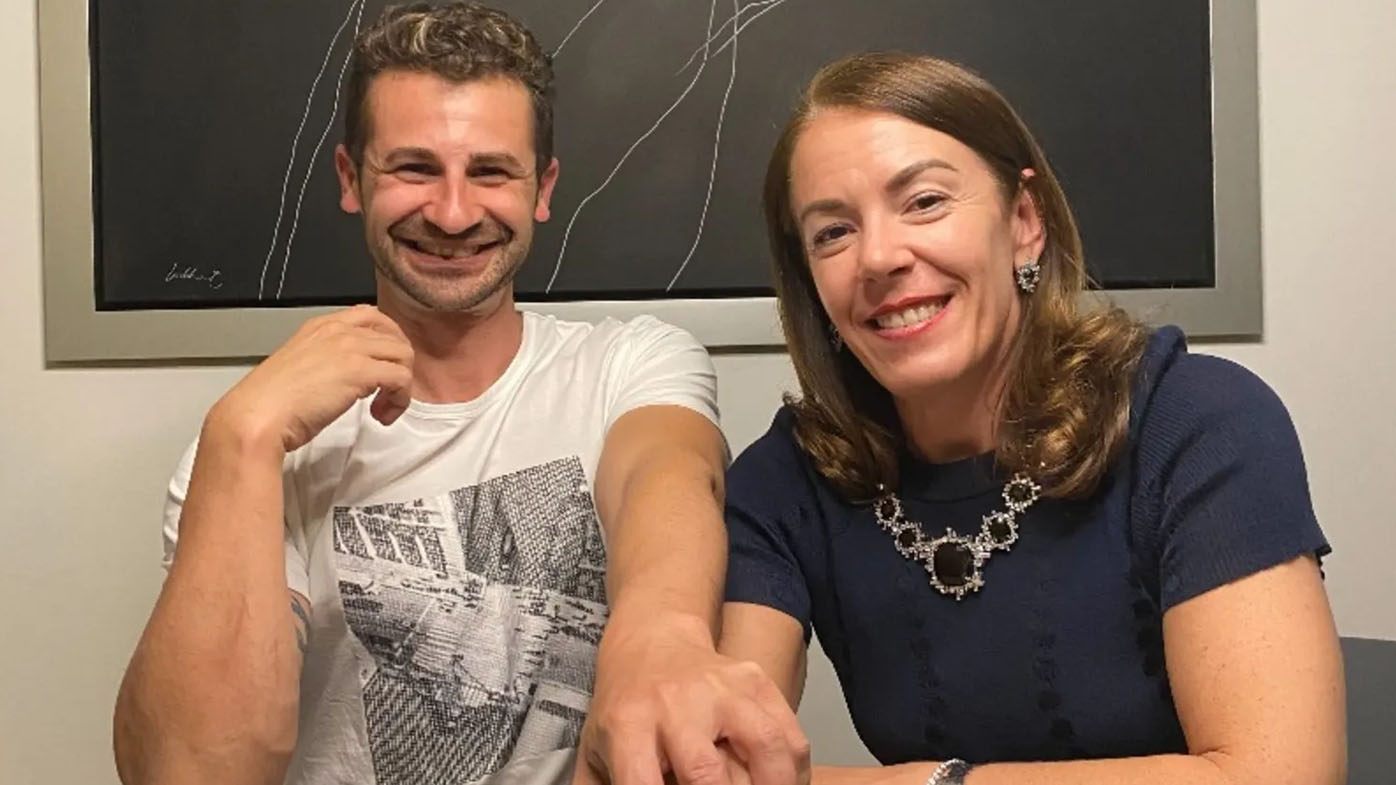Concern for the protected great white shark stopped police conducting an experiment to see how a body might travel in the ocean using pig carcasses fitted with location trackers.
An inquest into Sydney fraudster Melissa Caddick's disappearance, which resumed on Monday, previously heard of the experiment, but it was unclear if it was conducted.
NSW Police Detective Chief Inspector Glen Browne, manager of the NSW missing persons registry when Caddick vanished, said the idea predated Caddick's disappearance.
READ MORE: Warrant issued for Outback Wrangler star over fatal chopper crash
"Far too many people go missing along the shoreline … we generally don't recover the bodies at all," he said.
The experiment was never conducted due to concerns the tracking devices could harm sharks.
Before becoming one of Australia's most intriguing and notorious missing person cases, Caddick was just one person among dozens reported missing each day.
Det Insp Browne said the registry dealt with just under 10,000 fresh reports every year.
Two days after corporate watchdog ASIC and Australian Federal Police officers raided her Dover Heights home, Caddick was reported missing on November 13, 2020, by her husband Anthony Kolletti.
Browne did not find out for four days.
Other police were investigating and formed the view she was on the run.
In a conversation with the initial officer-in-charge, Detective Sergeant Michael Kyneur, Browne reminded him to keep an open mind.
READ MORE: Three states bracing for severe storms
"I got a sense from the conversation that the primary line of inquiry is that Melissa was avoiding being located," Browne said.
The theory was "being given more importance than others".
There were also concerns she had been murdered or harmed herself, but they were not given as much weight as the fugitive theory.
Kyneur told the inquiry searches began almost immediately with helicopters and boats searching for Caddick's body around cliffs near her home.
He also phoned the homicide squad, but not until more than a week after Caddick was reported missing.
However, other lines of inquiry had not been abandoned.
"I had a view at that time about what happened, but I don't believe it was to the detriment of any other line of inquiry," Kyneur said.
READ MORE: Winner of $50 million Powerball found after five-day search
He was replaced as the officer-in-charge a short time later.
Asked whether he considered the phone call a formal notification of the homicide squad as set out in standard operating procedures (SOPs) for missing person cases, Kyneur said "a notification's a notification".
"I don't know whether I turned my mind to the SOPs in particular but the point of the phone call I had … was for the purposes of notifying them of what had occurred," he said.
Browne said Caddick's disappearance and the subsequent investigations prompted changes to the SOPs.
Despite being predominantly responsible for authoring the standard operating procedures, he was confused himself.
More than three months after Caddick went missing, police had only reviewed about 20 per cent of the CCTV footage gathered in an attempt to trace her movements.
Browne said that was not necessarily a significant failing.
Police might visit a home multiple times before finding someone around, and they might not know how to work the CCTV system.
Police can also struggle reviewing the footage.
"Quite often you can't play it because you don't have the right software," he said.
Caddick defrauded family and friends of between $20 million-$30 million in a Ponzi scheme before vanishing hours after authorities raided her Dover Heights home in Sydney's eastern suburbs.
In February 2021, her decomposing foot washed ashore in a running shoe at Bournda Beach on the NSW south coast.
The inquest is due to conclude on Tuesday.
READ MORE: Kim Jong-un's daughter makes second public appearance
Crisis support is available from Lifeline on 13 11 14.
Source: 9News






